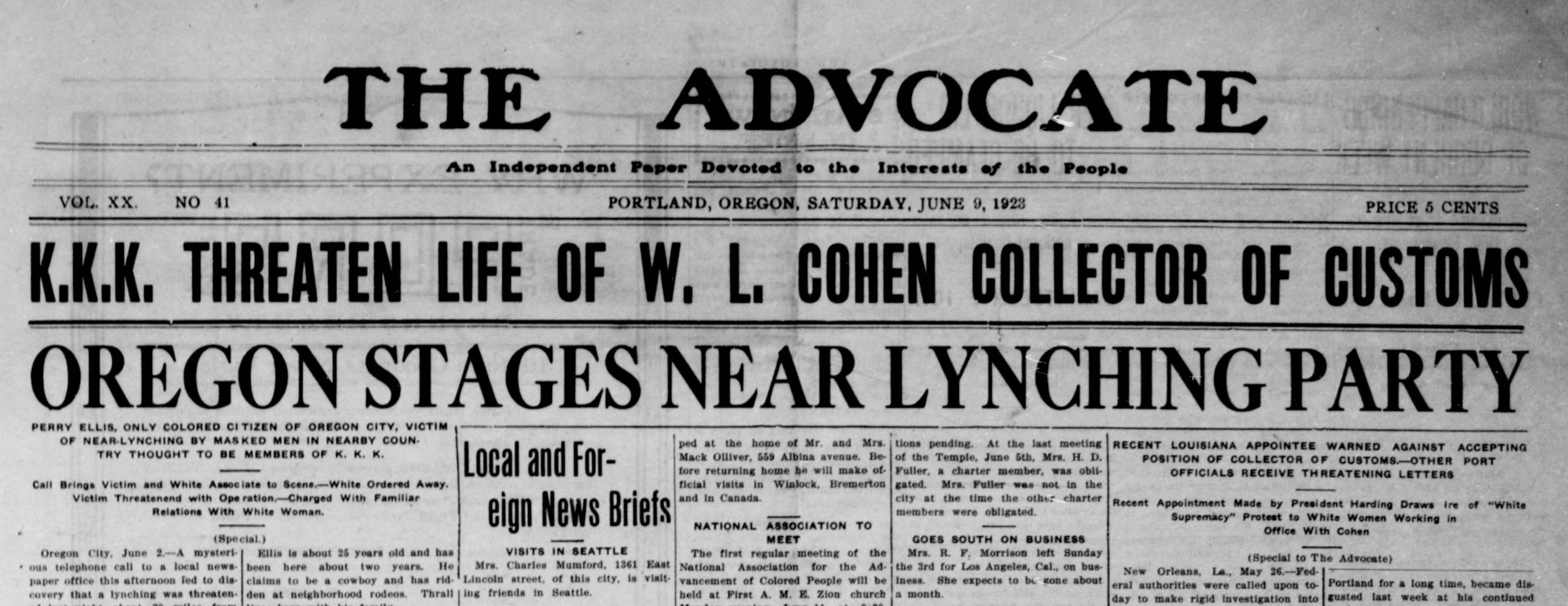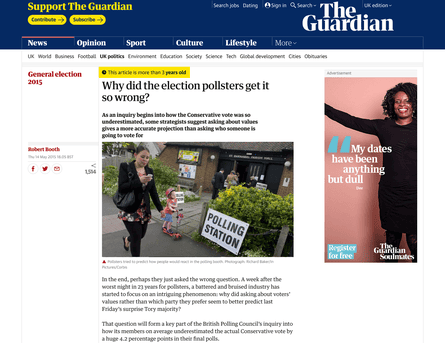An Unbiased View of News Articles
Table of ContentsThe Basic Principles Of News Articles Getting My News Articles To WorkNews Articles Can Be Fun For AnyoneThe 7-Minute Rule for News ArticlesThe Ultimate Guide To News Articles
Excellent expertise of different topics provides students an one-upmanship over their peers. Even though digital and social media sites are easily available, we need to not forget how essential it is to review the newspapers. Moms and dads must attempt and instill the practice of reviewing a newspaper as an everyday regimen to continue the tradition of the adored print medium.News stories likewise consist of at the very least one of the following essential attributes loved one to the intended audience: distance, importance, timeliness, human passion, curiosity, or repercussion.
Within these restrictions, newspaper article likewise intend to be extensive. Various other variables are involved, some stylistic and some obtained from the media type. Among the larger and a lot more revered papers, justness and balance is a major aspect in presenting details. Discourse is normally restricted to a different section, though each paper may have a different total angle.
Papers with a worldwide audience, for example, often tend to utilize a more official style of creating. News Articles.; common style overviews consist of the and the United States Information Style Book.
Facts About News Articles Uncovered
Generally, journalists will not utilize a lengthy word when a brief one will certainly do. They make use of subject-verb-object construction and brilliant, energetic prose (see Grammar). They supply anecdotes, examples and metaphors, and they seldom depend upon generalizations or abstract concepts. News writers attempt to stay clear of making use of the very same word more than once in a paragraph (often called an "resemble" or "word mirror").
However, headlines occasionally leave out the subject (e.g., "Jumps From Boat, Catches in Wheel") or verb (e.g., "Pet cat female fortunate"). A subhead (likewise subhed, sub-headline, subheading, subtitle, deck or dek) can be either a subordinate title under the major heading, or the heading of a subsection of the post. It is a heading that precedes the main message, or a group of paragraphs of the main message.

Extra billboards of any of these types might appear later on in the post (especially on succeeding web pages) to entice more reading. Such billboards are additionally utilized as pointers to the post in other areas of the publication or website, or as ads for the item in various other publication or websites. Typical framework with title, lead paragraph (summary in vibrant), other paragraphs (information) and call information.

Example of a hard-lead paragraph NASA is suggesting an additional area project. The budget plan requests about $10 billion for the project.
An "off-lead" is the 2nd most important front web page news of the day. To "hide the lead" is to begin the write-up with background details or information of secondary importance to the visitors, forcing them to check out even more deeply into a company website write-up than they ought to have to in order to uncover the important factors.
The 10-Minute Rule for News Articles
Typical use is that or two sentences each create their very own paragraph. Journalists generally describe the organization or framework of an information story as an upside down pyramid. The vital and most intriguing elements of a story are placed at the start, with sustaining information complying with in order of reducing relevance.
It allows people to check out a subject to just the deepness that their curiosity takes them, and without the imposition of information or subtleties that her comment is here they can consider unimportant, however still making that details available to much more interested visitors. The inverted pyramid framework likewise allows write-ups to be cut to any arbitrary length throughout design, to suit the room readily available.
Some writers begin their stories with the "1-2-3 lead", yet there are many kinds of lead available. A kicker can refer to numerous points: The last story in the news broadcast; a "pleased" story to finish the show.
Longer write-ups, such as publication cover articles and the pieces that lead the inside areas of a paper, are referred to as. Feature stories vary from straight information in numerous means. Foremost is the lack of a straight-news lead, the majority of the time. Instead of using the essence of a story in advance, function writers may try to lure viewers in.
About News Articles
An attribute's first paragraphs frequently associate an appealing minute or occasion, as in an "unscientific lead". From the details of an individual or episode, its sight swiftly widens to generalities about the tale's topic.

The Editor's Toolbox: A Recommendation Overview for Beginners and Professionals (2001) Allan M. Siegal and William G. Connolly. The New York Times Handbook of Style and Usage: The Authorities Style Overview Used by the Writers and Editors of the Globe's Many Authoritative Newspaper (2002) M. L. Stein, Susan Paterno, and R.